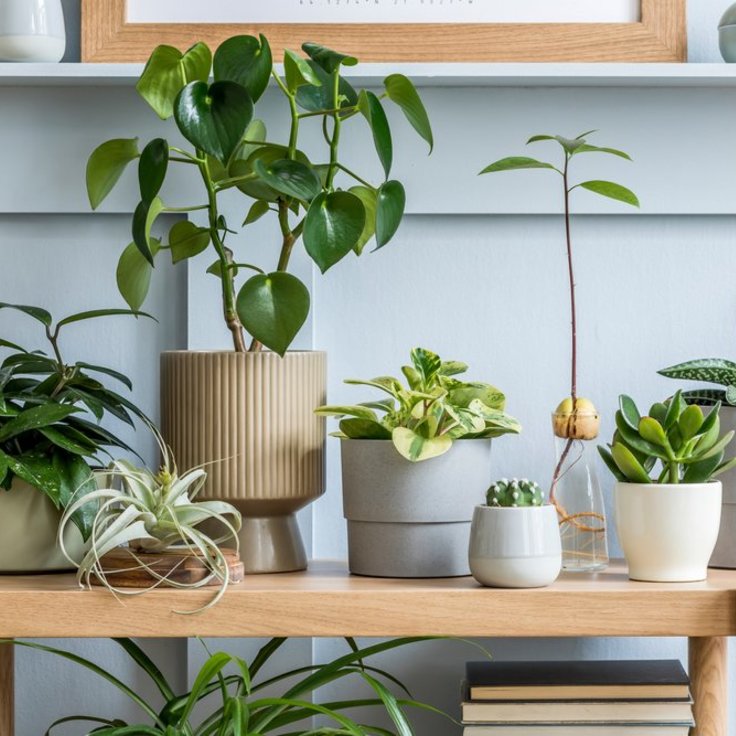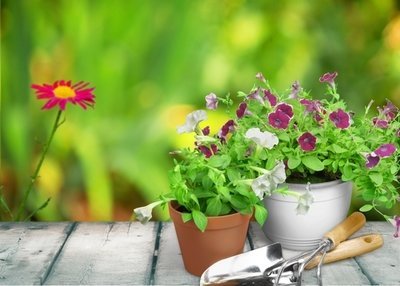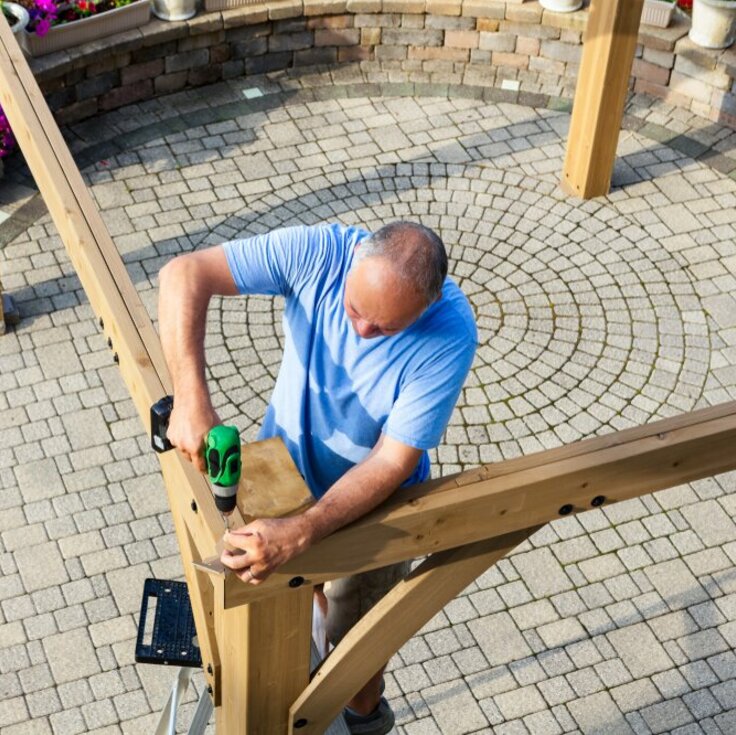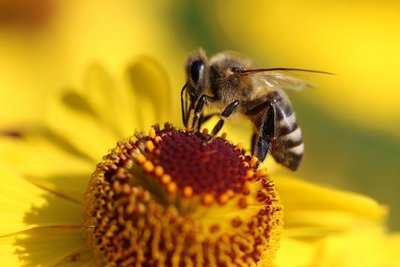Beds and Borders
No sooner is the suggestion of cooler days with us, and it is time to think about bedding plants – not the summer types that are coming to an end, but the winter and spring types that will be replacing them.
By now the summer bedding is drawing to a close. You may still be able to eke out the last week or two of some plants such as marigold, snapdragon and cosmos, but nemesia, lobelia, sweet peas, stocks and many others are likely to be well past their prime.
So, let’s look at the points to consider with winter and spring bedding?
Bedding and bulbs
You should not consider spring bedding as being entirely plants of the biennial variety – you can intersperse them with bulbs. Tulips, particularly, go well with wallflowers and forget-me-nots. Consider carefully your colours, however. Wallflowers are usually of mixed reds, oranges and yellows, so you should choose a tulip that stands higher and is of a plain colour. For more details refer to AG 27 August, p8/9.
Ripping out
This is one of the saddest things any gardener has to do – removing the summer plants and throwing them away. Of course, when I talk of ‘binning’ them, I mean the compost bin, as all of the old plants can be composted.
The exceptions to this are if the plants are obviously contaminated by virus – which can have the result of spreading the problem. A little bit of mildew or greymould on the old bedding will not be a problem as most plants tend to start their rotting processes by getting fungal infections like these.
Systematically go over your bed or border, literally ripping out the old plants. Most can be pulled by hand. Some, however, will be deeper rooters, so you will have to loosen the soil around them with a fork (this may be required anyway if your soil is heavy clay).
Soil preparation
Before the winter or spring bedding is planted you need to prepare the soil. Essentially, this means digging, weeding and feeding.
The summer plants will have used up much of the nutrition in the soil, so this needs to be replaced. The standard way to do this is to fork the area over, and while you do this to remove weeds (specifically the perennial types which will continue to grow over winter if left).
And, you go, incorporate organic matter such as well-rotted garden compost or leafmould, or manure (available in bags these days). Leave this a few days to settle, and then rake some general fertilizer, such as Growmore or Vitax Q4 into the soil surface.
Buying plants
All garden centres will offer a good selection now, but don’t hang around as the best types disappear quickly off the shelves.
Depending on what you are buying, and where you are buying it from, the plants may come in small polystyrene or plastic strips, modular trays, open trays, or small pots.
Always look for healthy, weed-free specimens. They should have been well-watered by the garden centre, and there shouldn’t be too much flower on them, as this means they have been in their containers for a long time.
Planting out
Winter and spring bedding can be planted out at any time during September and October. Before you do anything on planting day, soak the plants while still in their containers.
I then lay the plants on the soil, singly, where they are to be planted. I’ll slightly re-arrange them to get the best spacing, and then get them in, one by one.
If the plants are in pots, this is fine. But if they are taken off of strips, or out of module trays, the little roots will quickly dry out, so you must plant them as speedily as you can.








